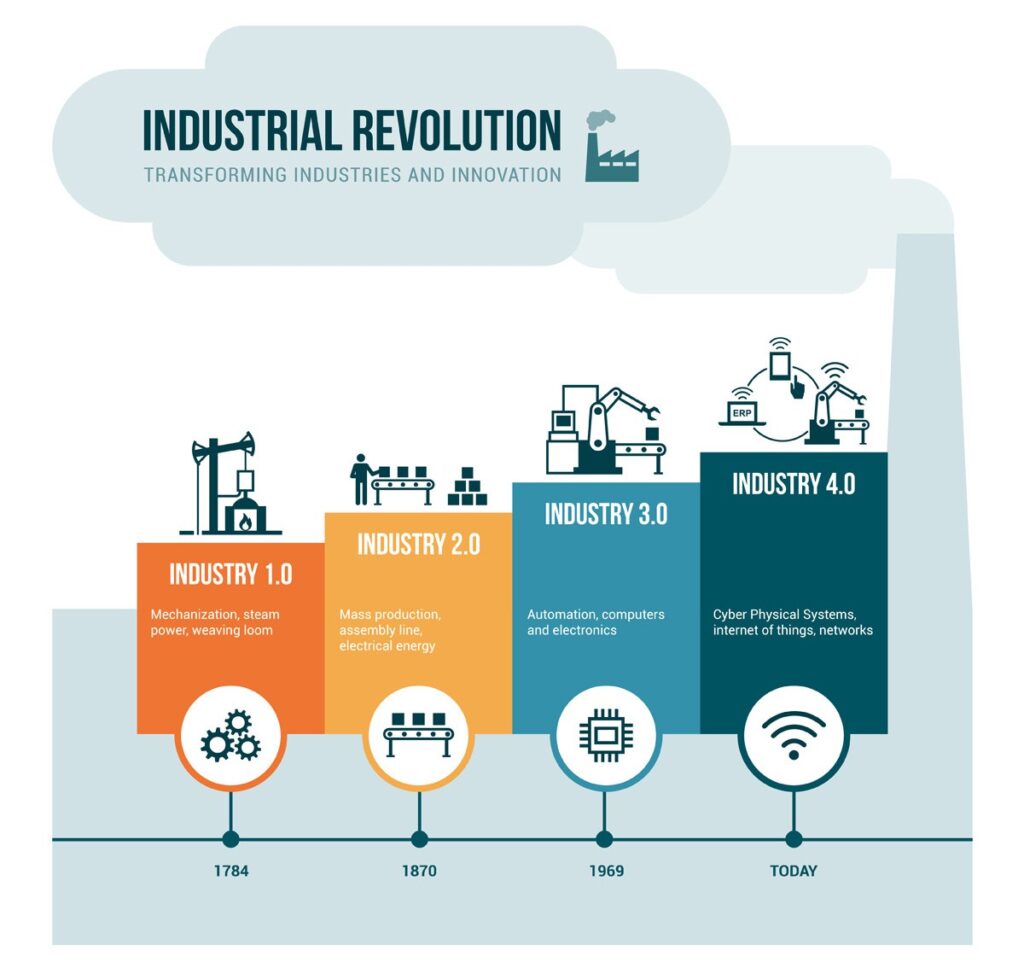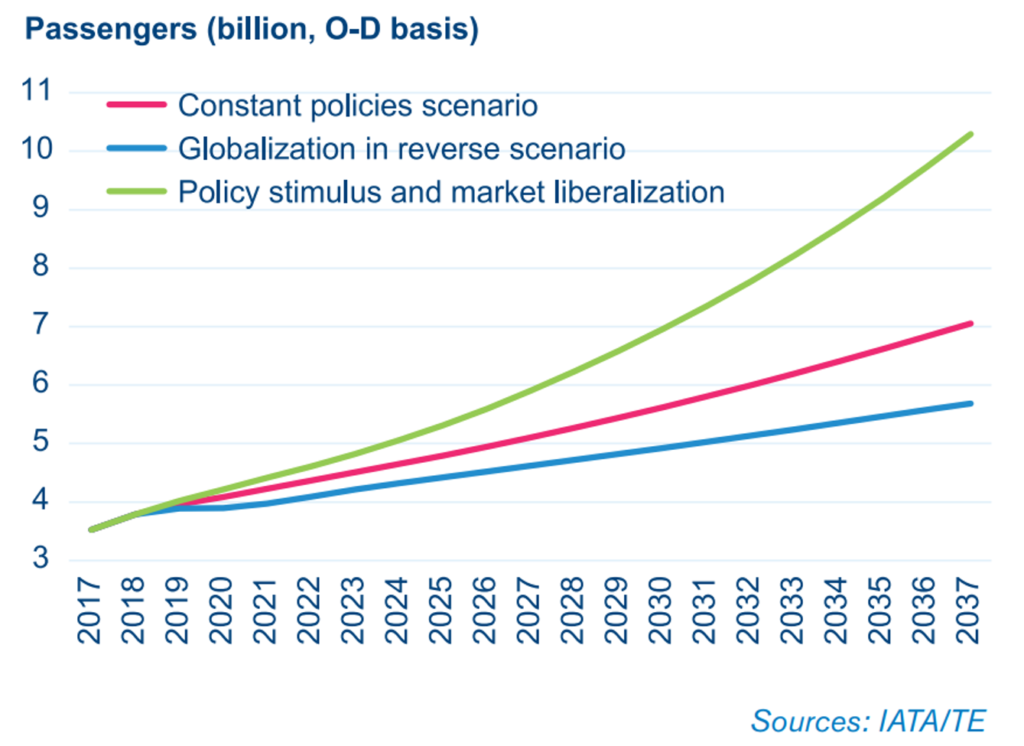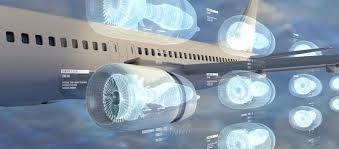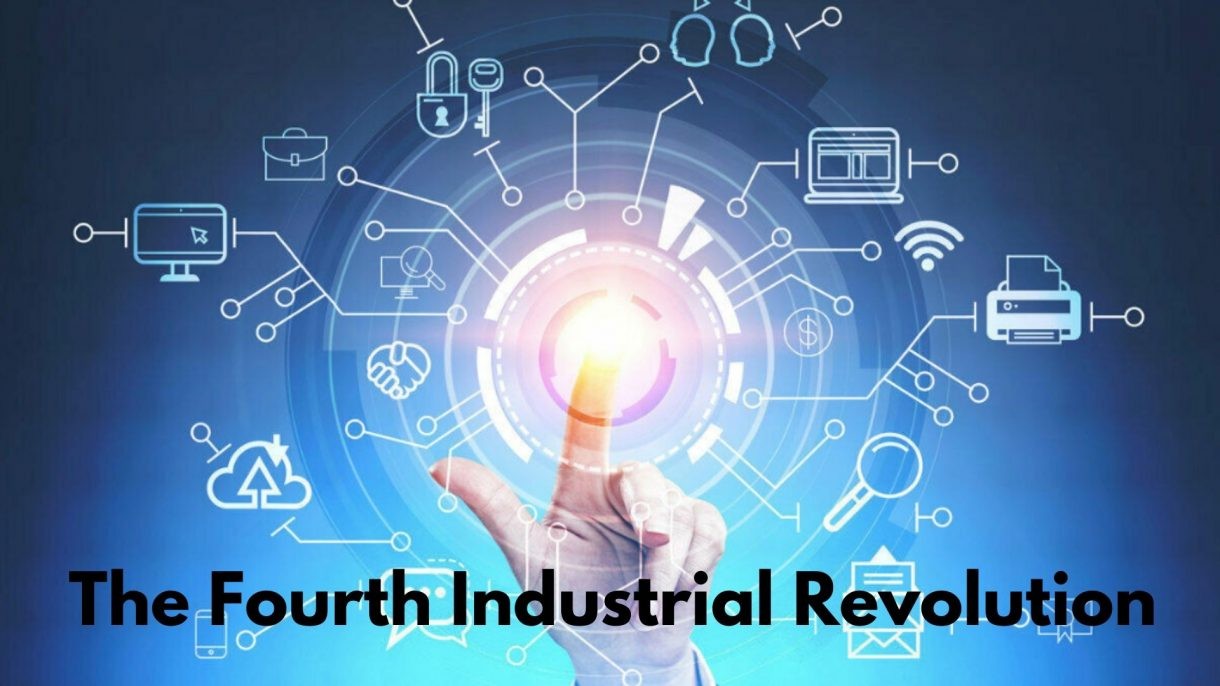The Fourth Industrial Revolution represents a fundamental change in the way we live, work and relate to one another. It is a new chapter in human development, enabled by extraordinary technology advances commensurate with those of the first, second and third industrial revolutions. These advances are merging the physical, digital and biological worlds in ways that create both huge promise and potential peril. Digital tools, automated services and data-driven decisions – these are the theoretical building blocks of the Fourth Industrial Revolution. There are roughly 20 billion devices connected to the internet – and that number is only growing. The amount of data available to any business is staggering. This is the heart of the Fourth Industrial Revolution: the deep connections between physical and digital, machine learning and human intelligence. This revolution is advancing at such an incredible pace that we are all forced to rethink how countries develop, how organisations create value and even what it means to be human. The Fourth Industrial Revolution is about more than just technology-driven change; it is an opportunity to help everyone, including leaders, policy-makers and people from all income groups and nations, to harness converging technologies in order to create an inclusive, human-centred future. The real opportunity is to look beyond technology and find ways to give the greatest number of people the ability to positively impact their families, organisations, and communities. The first three Industrial Revolutions used new technologies to advance the means of production. The First used water and steam power to mechanize production; the Second used electric power to create mass production; the Third used electronics and information technology to automate production. Now, a Fourth Industrial Revolution is building on the Third, the digital revolution that has been occurring since the middle of the last century. It is characterized by a fusion of technologies that is blurring the lines between the physical, digital, and biological spheres.

There are three reasons why today’s transformations are not simply an extension of the Third Industrial Revolution but rather the arrival of a Fourth and distinct one: velocity, scope, and systems impact. The speed of current breakthroughs has no historical precedent. When compared with the previous industrial revolutions, the Fourth is evolving at an exponential rather than a linear pace. Moreover, it is disrupting nearly every industry worldwide. And the breadth and depth of these changes herald the transformation of entire systems of production, management, and governance. The possibilities of billions of people connected by mobile devices, with unprecedented processing power, storage capacity, and access to knowledge, are unlimited. And these possibilities will be multiplied by emerging technology breakthroughs in fields such as artificial intelligence, robotics, the Internet of Things, autonomous vehicles, 3-D printing, nanotechnology, biotechnology, materials science, energy storage, and quantum computing. The average person will be able to dream of and create things that would have been science fiction a few short years ago. Aviation 4.0 The Fourth Industrial Revolution means investing in digital solutions and infrastructure and encouraging a cultural makeover for airlines and airports. But this seismic, technology-driven shift also augments the potential for more empathetic relationships between brands and consumers. Companies have never had such access to the brains and feelings of their customers. By 2035, there will be 7.2 billion airline travelers annually – almost twice the 3.8 billion in 2016 – according to the International Air Transport Association (IATA)’s forecast. Still, the main question facing the airlines and airports is: what are you going to do to attract these new passengers? Both airlines and airports will have to be creative in leveraging Aviation 4.0 to create new products and services, enhance passenger experience, gain efficiencies and craft an individual niche to ensure that they have the competitive edge.

Airlines have new opportunities to improve service in how consumers book and plan their journeys, enhancing onboard flight experiences, optimizing revenue management opportunities, and predictive maintenance. Airports have the opportunity to leverage Aviation 4.0 by having a 360 degree view of the customer, customizing retail offerings, increasing uptime of critical assets, and enhancing passenger experience by increasing efficiencies at points like check-in, security screening, boarding, and others by the introduction of IOT, artificial intelligence, and Blockchain technology to name a few.

Some other aviation applications of the Industry 4.0 concept are related to the aerospace manufacturing processes. Robotics, additive manufacturing, augmented reality, IoT and simulation are currently applied within the aeronautics manufacturing industry. Even if there is still a long way to go before the first fully automated airplane is produced, application of a variety of robots at Airbus and Boeing will make monthly production rates above 30 units possible for some aircraft types. A new Airbus spin-off company, InFactory Solutions, is developing the corporation’s vision of the “Factory of the Future,” with products and services for connected manufacturing under a fully connected and digital production environment. By automating the more mundane processes within the industry, new human-based positions will become available in roles involving strategy and creativity. Within this Fourth Industrial Revolution, the future of aviation is bright, and we will see incredible innovations in our lifetimes. References https://www.weforum.org/focus/fourth-industrial-revolution https://www.weforum.org/agenda/2016/01/the-fourth-industrial-revolution-what-it-means-and-how-to-respond/ https://kambr.media/airlines-and-the-fourth-industrial-revolution https://www.intechopen.com/books/aircraft-technology/aviation-4-0-more-safety-through-automation-and-digitization https://www.mckinsey.com/business-functions/operations/our-insights/operations-blog/sparking-the-fourth-industrial-revolution-in-us-manufacturing# https://www.timesinternational.net/the-4th-industrial-revolution/ http://cresprit.com/en/2018/10/27/in-my-soul-and-absorb-its-power/ https://www.forbes.com/sites/bernardmarr/2018/08/13/the-4th-industrial-revolution-is-here-are-you-ready/#304a4fe5628b https://www.skyfilabs.com/blog/final-year-projects-on-machine-learning-for-engineering-students https://spacenews.com/sponsored/industrial-revolution/
